Smoke particles are generally around 2.5 micrometers or so in size. Some larger, some smaller.
The COVID virus is about 0.1 to 0.4 micrometers in size, and hence dramatically smaller and more likely to penetrate a mask that isn’t incredibly dense, such as a well-fitting N95 that is properly sealed to the face. Proper use of N95 masks is laborious, which is why they are rarely used except in cases where the alternative is likely to be very hazardous.
Studies done during COVID, show that compliance with the proper use of N95s is not great even with healthcare professionals over time because it is so onerous. Hence, while N95s can be useful in particular settings where there is a bio- or another particulate hazard for a short to a moderate period of time, practically speaking requiring constant use of N95s becomes worthless because such compliance is considered impractical by even dedicated professionals in a medical setting.
Here’s why. How many people who used an N95 during the COVID pandemic did this every time they used an N95 mask?
People take shortcuts. They reuse masks. They don’t properly seal them. Men are not close-shaven, as is required for proper fit. The reasons are countless, but the results are all the same: even requiring the use of N95s for infection prevention may work any one particular time, but the system will break down relatively quickly.
N95s are also very difficult to wear for most people.
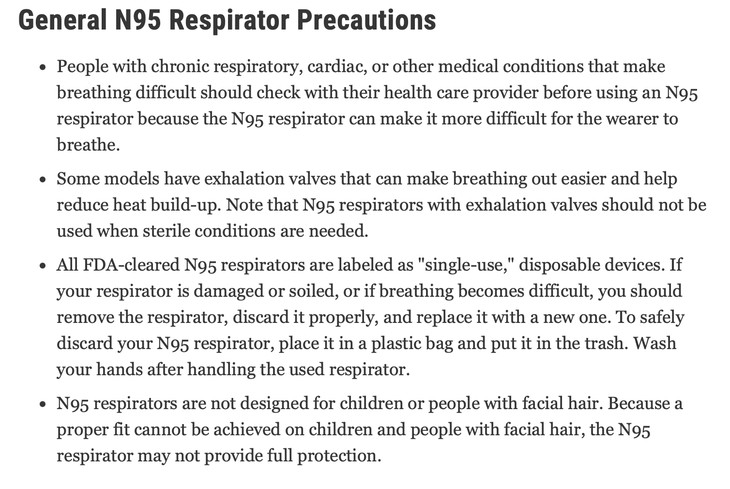
This is one of the reasons why people commonly used surgical or cloth masks during COVID and some continue to use them today.
However, as this NYT story basically admits, anything less than an N95 mask is worthless for filtering out wildfire smoke, and wildfire smoke consists almost entirely of particles substantially larger than COVID.
As smoke from wildfires in Canada drifts over large parts of the U.S., the best way to prevent breathing in pollutants is to stay indoors. For those venturing out, wearing an N95 mask that covers both your nose and mouth will help filter the air.https://t.co/KVJ9BJAdY0
— The New York Times (@nytimes) June 7, 2023
Sure enough, N95 masks can definitely help to filter out wildfire smoke, and it probably makes sense to wear one if you are particularly at risk from asthma or other respiratory problems exacerbated by the smoke. Wearing them has definite downsides, but one may help.
But beware, not all masks work equally well. A surgical mask, scarf or bandanna won’t do much to keep you from breathing in pollutants.
N95 masks can filter tiny particles that are less than 0.3 micrometers. By comparison, the width of a single human hair is approximately 60 micrometers, according to California’s health department.
Instead, use N95 face masks (you may still have some of those left from the pandemic), or respirator masks, which you can find in hardware stores or online. Make sure to cover both your nose and mouth.
What is true for airborne pollutants is doubly or quadruple true for virus particles: masks that are less effective than N95s are totally worthless, and everybody who knows about masks knows this to be the case.
Of course, the Times and public health officials are quick to point out the worthlessness of surgical and other masks for filtering particles out of the air.
This abstract from 3M about the use of respirators makes clear that with biological contaminants, even respirators only moderate the risks of infection, as some particles get through. Surgical masks don’t protect the wearer at all, but rather the patient, by diverting droplets away from where the surgeon is looking. They do help prevent the ingestion of droplets by the wearer.
Please note that penetration of particles through the filter is only one of the possible sources of exposure to contaminants. Other potential sources such as faceseal leakage, leakage as a result of improper maintenance, or not wearing the respirator when necessary may contribute more to exposure than filter penetration. Each of these factors must be addressed and controlled. For example, all particulate respirators that are designed to seal to the face (including filtering facepiece respirators) can be fit tested using the saccharin or BitrexTM qualitative fit test methods, or using appropriate quantitative fit test methods such as the ambient particle counting method using the TSI® PortaCount®. Wearers must be trained how to properly use and maintain their respirators and the importance of wearing them at all times during potential exposure.
Please also note that respirators help reduce exposure to airborne contaminants but do not prevent the inhalation of all particles. As a result, when properly selected, used and maintained, respirators can lower exposures to concentrations considered safe for most non-biological particles. However, they do not eliminate the risk of exposure, infection, or illness since safe exposure levels have not been established for biological particles.
In other words, N95s are pretty good at reducing the inhalation of non-biological particulates, such as smoke, but not as good at preventing infection since there are so many points of failure. Touch the outside of the mask without washing your hands, and you have destroyed the benefit. Taking it off and putting it back on–it’s worthless. Maybe even worse than nothing, as you have sealed in the virus next to your mouth and nose.
The New York Times’s advice regarding how to deal with wildfire smoke makes sense. An N95 will likely filter out most smoke and reduce your exposure over a short period of time (days) and is certainly better than nothing.
But the advice also, inadvertently, shows how remarkably stupid the advice about masking during COVID truly was. Very few people wore N95 masks consistently, and far fewer wore them properly and consistently. Even if they had, over the course of two years the chance of failure was a near certainty at some point.
And that is for the best level of protection available. Surgical masks, cloth masks, and bandannas were a joke. None of them can possibly help with wildfire smoke, and we all intuitively understand that.
Yet somehow this basic and obvious truth went out the window during COVID. People were mesmerized by the Faucis and the mask fascists into accepting an obvious falsehood. There are still people today engaged in believing the fantasy that all that masking accomplished anything at all.
Masks were destined to be worthless as a population-wide mitigation measure, not because no mask could possibly work at any single point in time, but because they had to work every time, for years.
This was never a goal that was possible to achieve, and as a practical matter we never even came close to slowing the spread, no less stopping it.
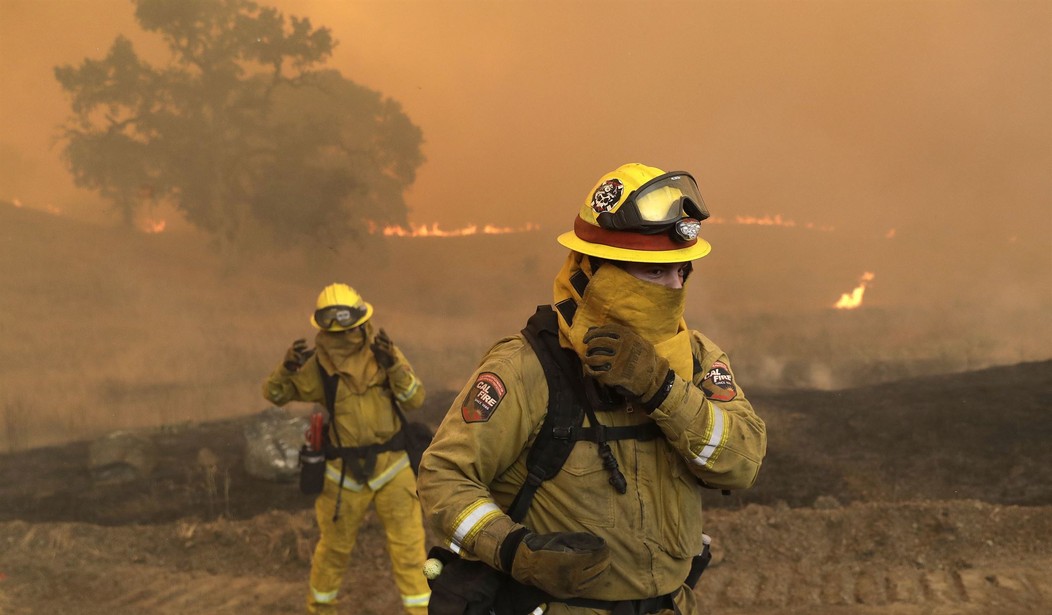




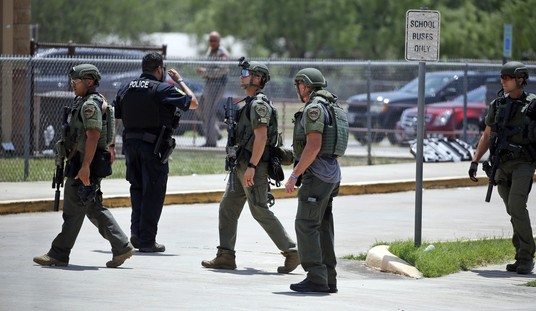
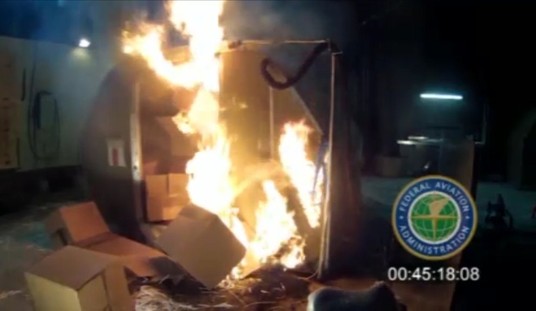
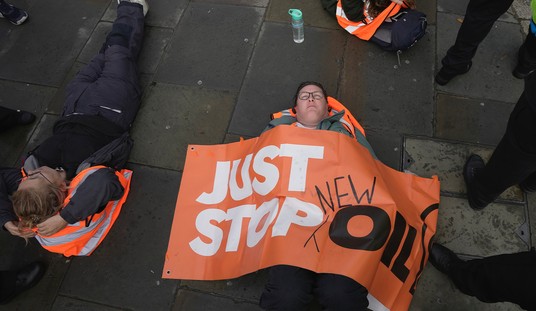
Join the conversation as a VIP Member